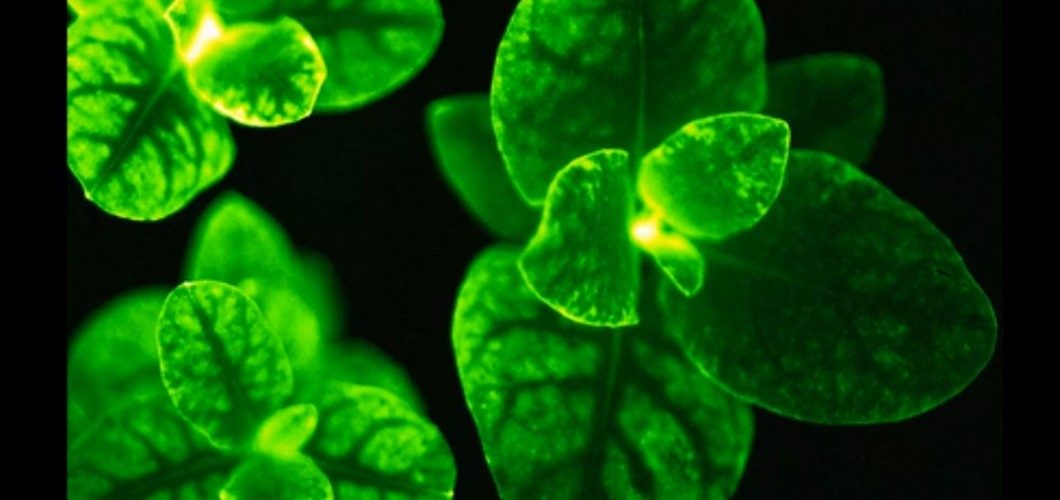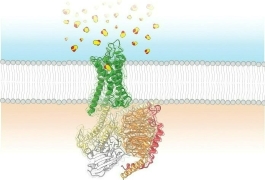Glowing Plants Light Themselves Up
by Laura Howes, for C&EN

How would you like a living night-light? You might be able to buy one soon, in the form of a plant. Researchers led by Karen Sarkisyan from the London Institute of Medical Sciences and Ilia Yampolsky of the Russian Academy of Sciences made glow-in-the-dark plants by taking a biosynthetic pathway from glowing mushrooms and adding it to tobacco (Nat. Biotechnol. 2020, DOI: 10.1038/s41587-020-0500-9). Sarkisyan is working on commercializing the glowing flora through Moscow-based start-up company Planta. To make plants glow, the researchers diverted some of the plants’ natural supply of the organic molecule caffeic acid, which plants typically use to build the complex polymer lignin, into a metabolic cycle from mushrooms that they added to the plants’ genomes. The cycle converts some of the caffeic acid into a luminescent precursor called 3-hydroxyhispidin. When oxidized by the mushroom enzyme luciferase, 3-hydroxyhispidin produces a photon of green light. Another enzyme then converts the oxidized molecule back to caffeic acid, starting the cycle again. Because the plants don’t need to be dosed with extra chemical reagents, they glow continuously throughout their life cycle. The light can signal the physiological status of the plants and their responses to the environment. That should mean cheaper experiments for plant biologists and maybe glowing house plants for everyone else.




